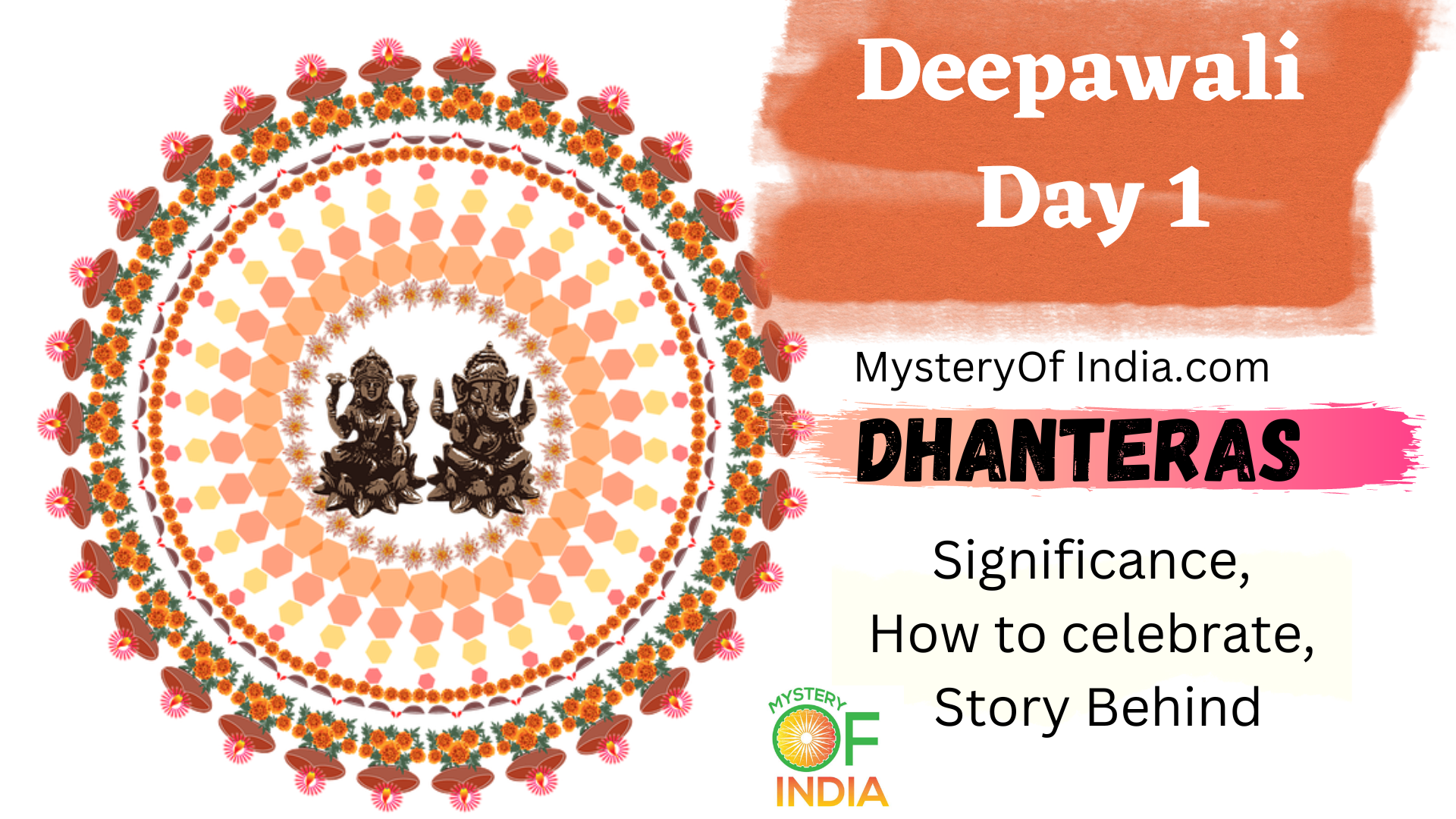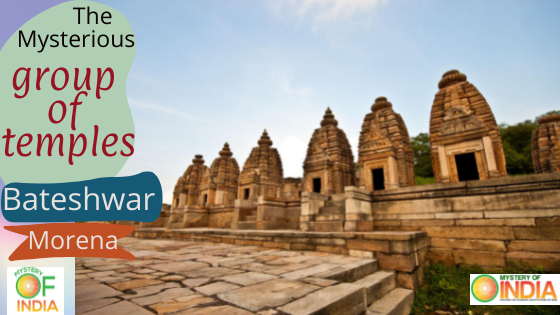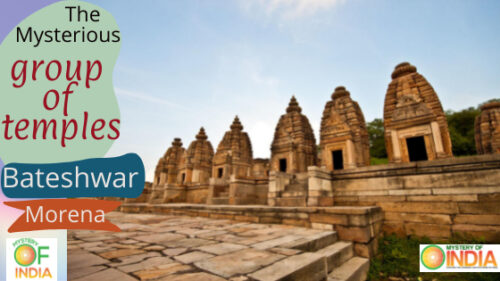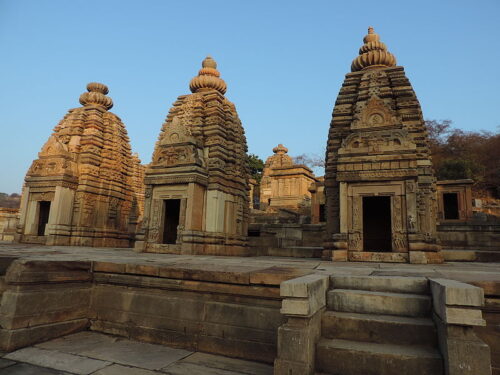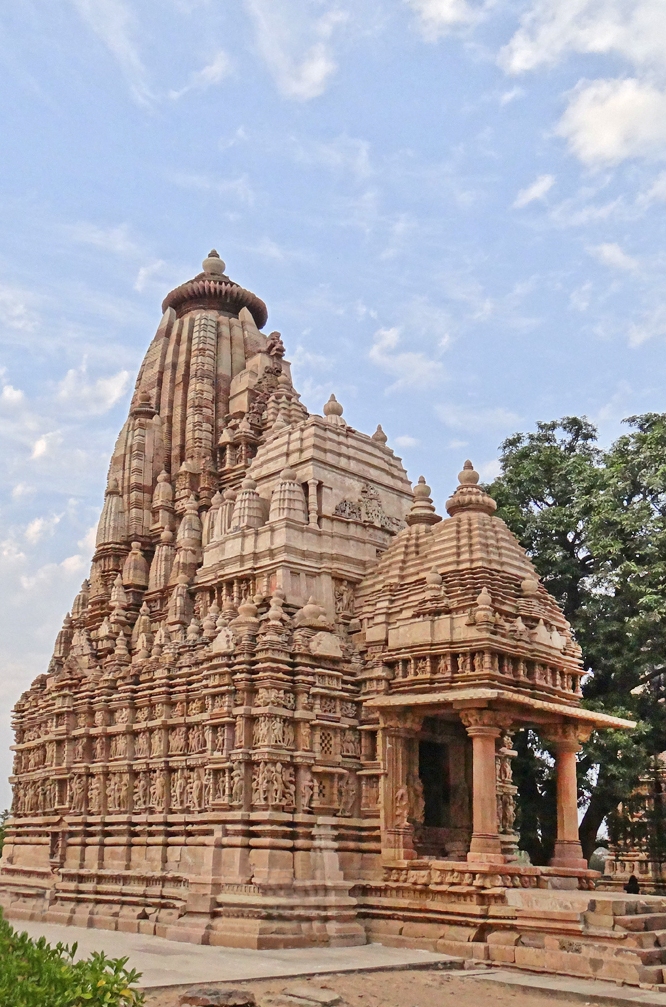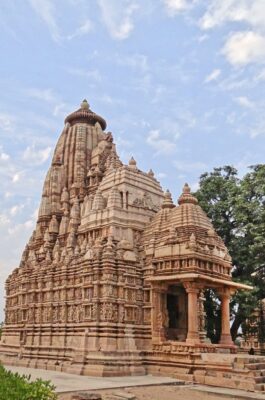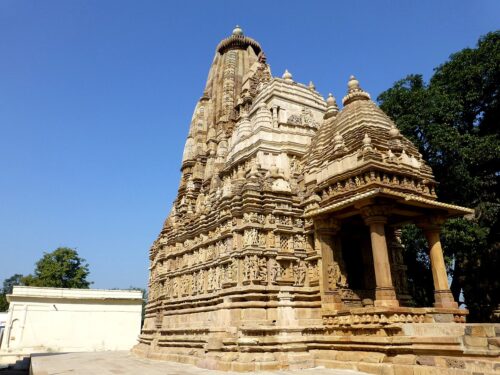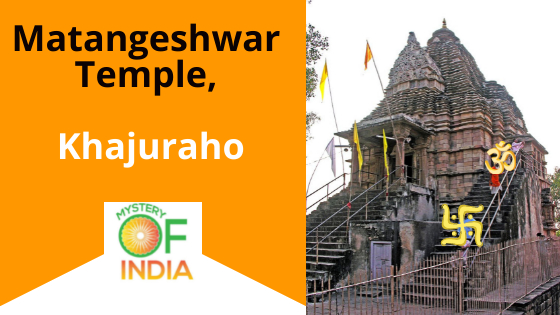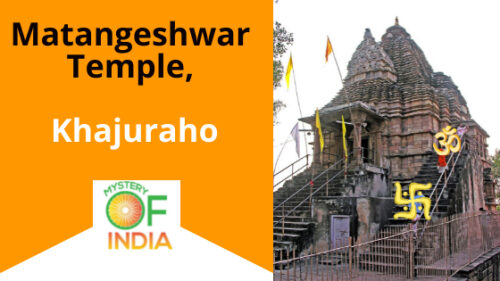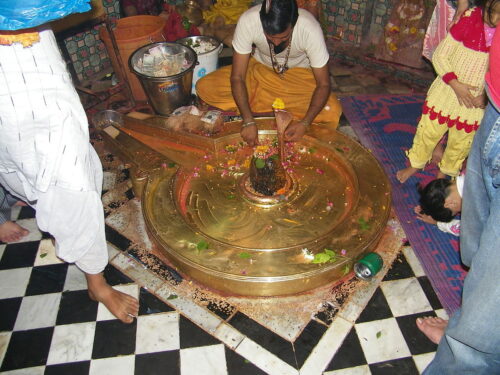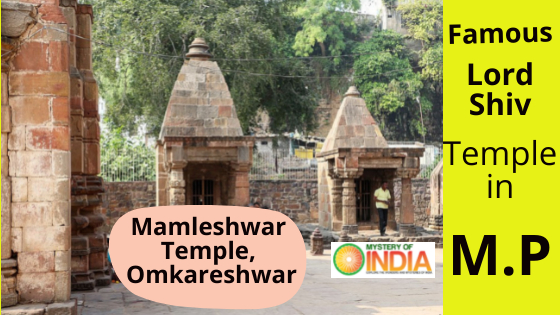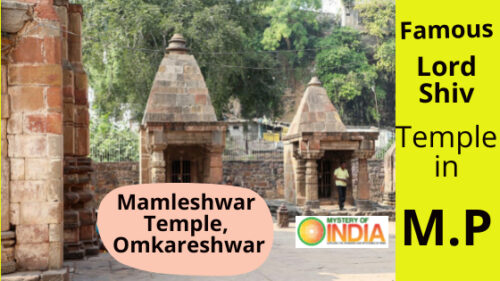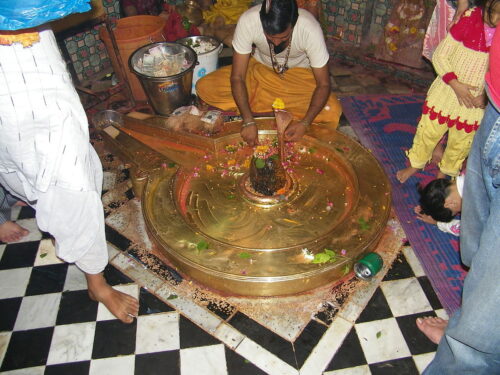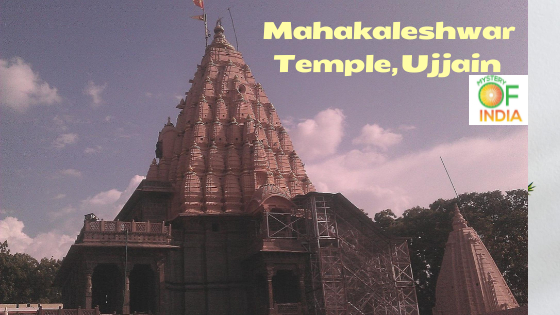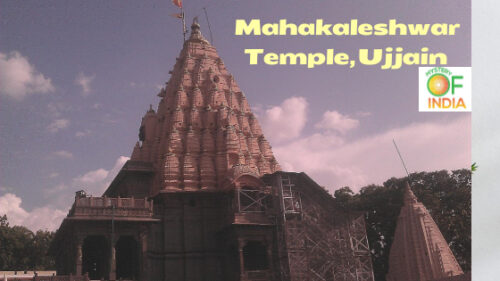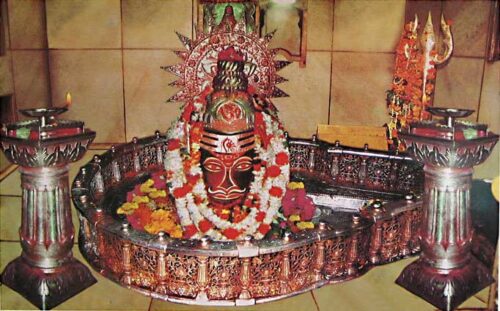Everything you need to know about Dhanteras
Dhanteras is one of the most important festivals in India, and it’s celebrated on the thirteenth day of the month of Kartik. It’s a day when people buy new things for their homes and businesses. Dhanteras is also about giving thanks for all that we have and expressing our sincere gratitude to god.
Let us know about this festival in detail.
The story behind Dhanteras
The story of Dhanteras is a popular one in the Hindu context. It is said that once there was a great king named Hima. He was a just and kind ruler who was loved by his people. However, tragedy struck when the king’s son was born.
An astrologer prophesied that the prince would be killed by a snake bite on his 16th birthday. The king was devastated but he did not give up hope. He consulted with a brilliant astrologer who recommended that the prince marry a wealthy girl in order to save his life.
As the prince’s 16th birthday approached, the king began to feel anxious. However, his wife was witty and crafty, and she saved him. She heaped her riches in front of the door to prevent the snake’s entry and urged the prince to stay awake with her.
Lord Yam, the god of death, came disguised as a snake and tried to enter the castle on that night, but he could not pass through because of the dazzle of the ornaments, and he also paused to listen to the queen’s melodious singing. Eventually, Lord Yam had to give up trying to claim the prince’s life and he left empty-handed. The young prince lived because of his smart wife who used her wit and resources to save him from certain death.
Significance of Dhanteras
Dhanteras is one of the most popular festivals in India. It is celebrated on the 13th day of the Hindu month of Ashvin, which falls in October or November. The word ‘Dhan’ means wealth and ‘teras’ refers to the 13th day.
Dhanteras marks the beginning of the five-day Diwali festival. On this day, Hindus worship Lakshmi, the goddess of wealth, prosperity, and good fortune. It is believed that worshipping Lakshmi on Dhanteras brings good luck and prosperity.
People clean their homes and offices and decorate them with lights and diyas (oil lamps) on Dhanteras. Families buy new clothes, gold and silver jewelry, kitchen utensils, and other items to mark the occasion.
The festival of Dhanteras holds great significance for businesses as it is considered an auspicious day to start new ventures. Many people buy cars, bikes, or other expensive items on this day.
In recent years, Dhanteras has also become a major shopping festival with many retailers offering heavy discounts on their products. This has made it one of the busiest shopping days in India.
3 Things to buy on Dhanteras
1. Gold and silver
On this day, it is considered auspicious to buy gold and silver.
There are many reasons why one should purchase these precious metals on Dhanteras. First and foremost, they are a popular choice among those looking to invest their money.
Gold and silver have always been valuable commodities, and their worth is only expected to increase in the years to come. Not only will investing in them bring you financial security, but it may also bring you good luck and fortune.
Another reason to buy gold and silver on Dhanteras is for the purpose of gift-giving. These precious metals make for beautiful gifts that can be passed down from generation to generation. They are also a symbol of wealth and status, making them an impressive present for any occasion.
2. Utensils
Dhanteras is an auspicious day for Hindus, and it is considered to be the best day to buy utensils. On this day, you can buy silver, copper, and brass kitchenware. It is believed that these metals are auspicious and bring good luck. Avoid steel and iron cookware on this day as they are considered inauspicious. Hindus don’t bring empty utensils on Dhanteras as it is believed that they will bring bad luck.
3. Broom
Are you looking for a way to improve your financial luck? If so, you may want to consider buying a broom on Dhanteras.
According to Hindu tradition, you should buy brooms during Dhanteras. Buying a broom on this day is supposed to relieve home-related financial troubles.
There are several reasons why buying a broom on Dhanteras can be beneficial. For one thing, it is considered lucky to purchase a broom on this day.
Additionally, sweeping away dirt and debris is seen as metaphorically clearing away negative energy. This can create positive vibes in your home and attract good luck.
What is the significance of 13 diyas that should be lit on Dhanteras?
On Dhanteras, 13 old or used earthen diyas should be lit and placed facing south near trash outside the home to keep loved ones from dying. This must be done with everyone being present at the time of lighting the diyas.
- The first diya protects the family from deaths that come too soon.
- On the evening of Diwali, you must light a second diya with ghee and place it in front of your puja mandir or another place set aside for worship. If you do this, good things will happen to you.
- The third diya is supposed to be lit in front of Lakshmi to ask for her blessings of good luck, wealth, and plenty.
- The fourth diya is put up in front of the tulsi plant. Its goal is to bring peace and happiness into the home.
- You should put up a fifth diya in front of the main entrance to your home. It means that you want happiness, love, good luck, and pleasure to come into your home.
- The sixth diya, which should be lit with mustard oil, is meant to be put under a peepal tree, which is thought to be a lucky place.
- The seventh diya must be lit in any temple that is a reasonable distance from your home.
- Next to the trash can, the eighth diya needs to be lit.
- Place the ninth diya outside the bathroom to make sure that positive energy keeps flowing freely through the house.
- It’s important to light the tenth diya at the edge of the roof, which stands for safety.
- Putting the eleventh diya in the window as a decoration is a good way to spread holiday cheer.
- Set up the twelveth diya on the roof or on the patio to get into the holiday spirit.
- By lighting the thirteenth diya, you can make the corner of your house look nicer.


